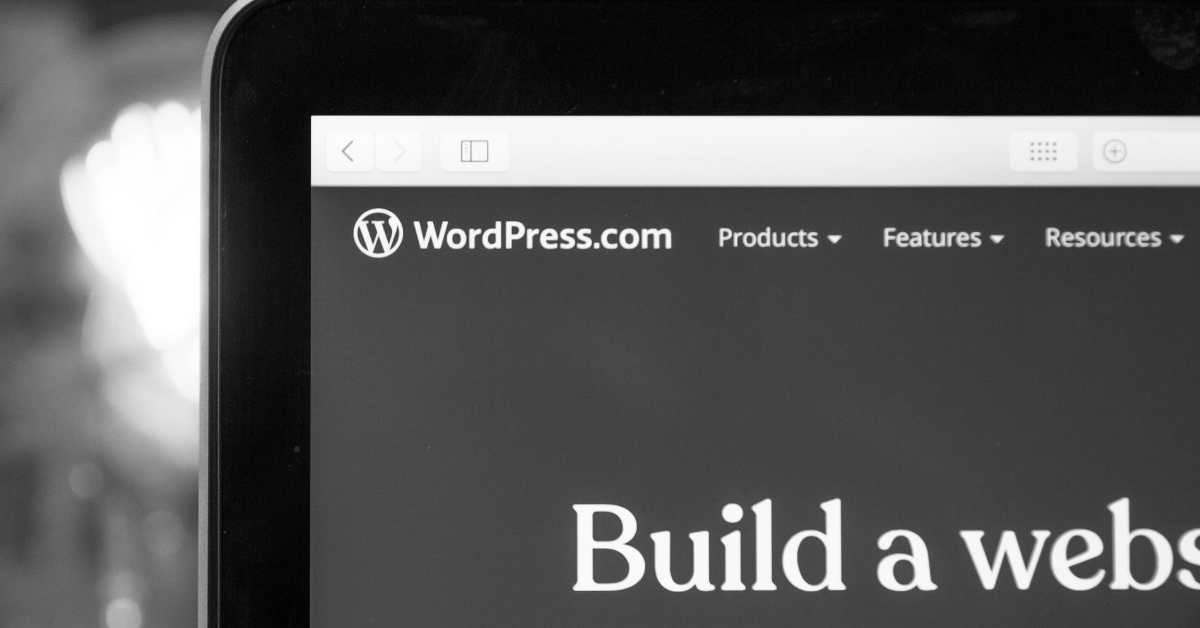In today’s age, it’s critical to have a website that loads fast. People want to quickly pay their bills online, rapidly do some online shopping, and view content immediately. Research heavily shows that if there’s too much friction on a site, the user will abandon the page and move on. Check out these bounce rates found by Google:
It’s apparent that slow sites are not ideal for a thriving business. Bottom line, slow load sites will negatively affect your conversions.
With the importance of site load times established, we’ve compiled a list of best practices to increase your user experience and improve your site load times.
1. Run a Speed Test
To first determine your site’s load time, try running a speed test. There are lots of great (and free) resources that will run site speed checks for you. All you have to do is plug in your site’s URL and let the tool analyze your site for you.
One great resource to check out is Google’s PageSpeed tool. It’s pretty straightforward, and you should get your results in a matter of seconds. Take a look at a sample test:
Running a speed test at the beginning of your efforts in optimizing your site’s load time will be a good benchmark to help you to understand how well your site performs; and how good the result is after you finish all of the optimizations.
2. Optimize Your Images
Oftentimes, images can be one the main barriers to your site’s load time. Unoptimized images that are way too large of a file can cause the site’s load time to increase by seconds – and cause users to leave before the images even load.
In order to best optimize your images, make sure they are:
- Not a larger file size than they need to be
- In the right format (JPG, PNG, etc)
- Compressed for the web
Pro Tip >> Try TinyPNG on your images for great file compression!
3. Prioritize Above the Fold Content
Another way to improve your user experience is to have your above the fold (top of the page) section load faster — even if the rest of the page takes a few seconds to load. Once the user starts scrolling through the page, images and videos that come into the visible area will start to load. This way, the entire site will load faster and create a better user experience.
This method is known as lazy loading and is particularly helpful for pages with lots of content underneath the fold.
4. Remove Unnecessary Plugins From Your Site
When installing a theme on WordPress (or whatever website builder you are using), it will typically come with already installed plugins. Just because the plugin is activated does not mean it is essential to your site’s functionality. Extraneous plugins can cluster up your site’s database and cause slower loading speeds. So, for all plugins that are not critical, simply deactivate and delete them.
Why it Matters
High bounce rates ultimately means less money for your business. With less people sticking around on your site, there are less opportunities for your business to acquire more customers/clients. Ultimately, faster is better and less is more.
If you want to optimize your website’s load times but still need help getting started, reach out today for a free consultation.

